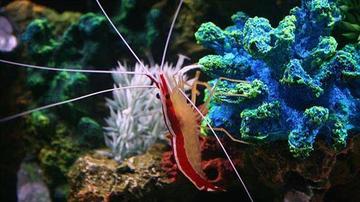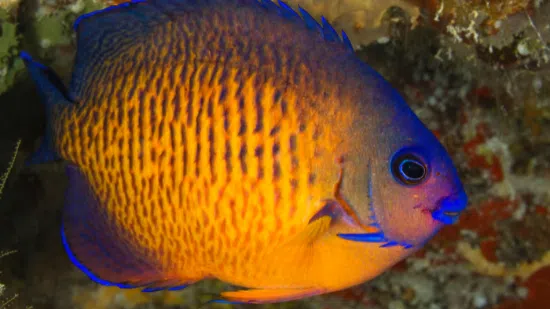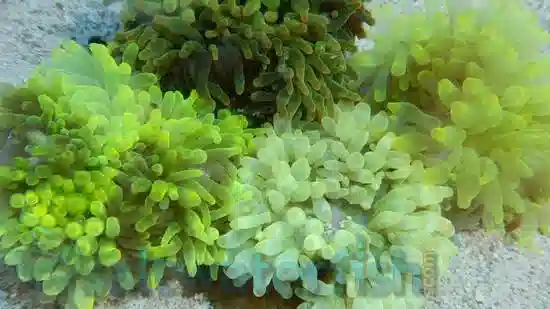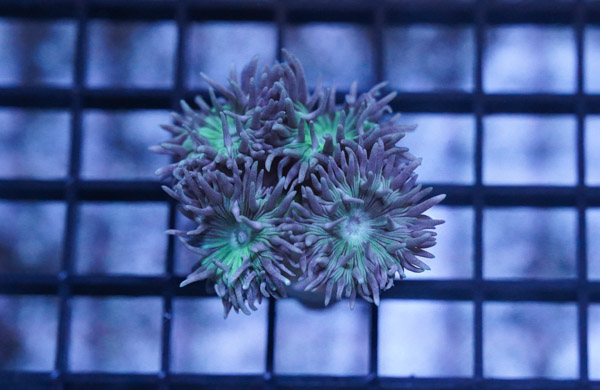Zoos - Pink 5+
Zooanthids
(0 Reviews)
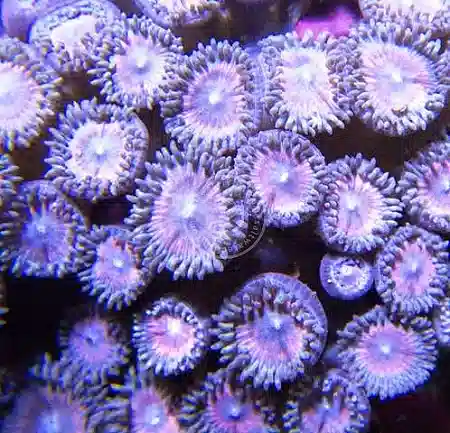
Zoos - Pink 5+
Zooanthids
(0 Reviews)
{{ item.name }}
Size: {{ item.extra_field_3 }}
${{ getFormattedPrice(item.saleprice) }} ${{ getFormattedPrice(item.price) }}
Free Shipping
With
$199.00
or more in Marine Life.
More details...
Care Facts
| Size: | 5+ Polyps |
|---|---|
| Care Level: | Moderate |
| Temperament: | Can encroach on others |
| Reef Safe: | Yes |
| Diet: | Light, Marine snow |
| Origin: | Indonesia |
| Acclimation Time: | Temperate Acclimate |
| Coral Safe: | Yes |
| Invertebrate Safe: | Yes |
| Minimum Tank Size: | None |
Reviewed by: Gavin Jackson on Nov. 13, 2014
Recommendations
Currently not available.




